1. High-Density Foam (HDF) for Impact Protection
Cricket chest guards often utilize high-density foam (HDF) to absorb and distribute the force of fast-moving balls, ensuring effective protection for the chest area.
2. Dual-Density Foam Layers
Some chest guards feature dual-density foam construction, combining layers of varying densities to enhance shock absorption and comfort.
3. Pre-Shaped Ergonomic Design
Pre-shaped designs conform to the body’s contours, offering a snug fit that stays in place during movement, enhancing both protection and comfort
4. Breathable and Moisture-Wicking Materials
Incorporating breathable fabrics and moisture-wicking linings helps keep players cool and dry, reducing discomfort during extended play.
5. Lightweight Construction
Modern chest guards are designed to be lightweight, minimizing any hindrance to a player’s mobility and allowing for natural movement.
6. Adjustable Straps for Customized Fit
Adjustable straps, often with hook-and-loop closures, enable players to secure the chest guard firmly, ensuring it stays in place during intense activity.
7. Durable Outer Shell Materials
The outer layer of chest guards is typically made from durable materials like polyurethane (PU) or polyvinyl chloride (PVC), providing resistance against wear and tear.
8. Soft Inner Linings for Comfort
Soft inner linings, such as towel or cotton materials, enhance comfort by providing a gentle feel against the skin and aiding in sweat absorption.
9. Ambidextrous Design Options
Some chest guards are designed to be ambidextrous, accommodating both left and right-handed players, adding versatility to their use.
10. Compliance with Safety Standards
High-quality chest guards meet established safety standards, ensuring they provide adequate protection during play.

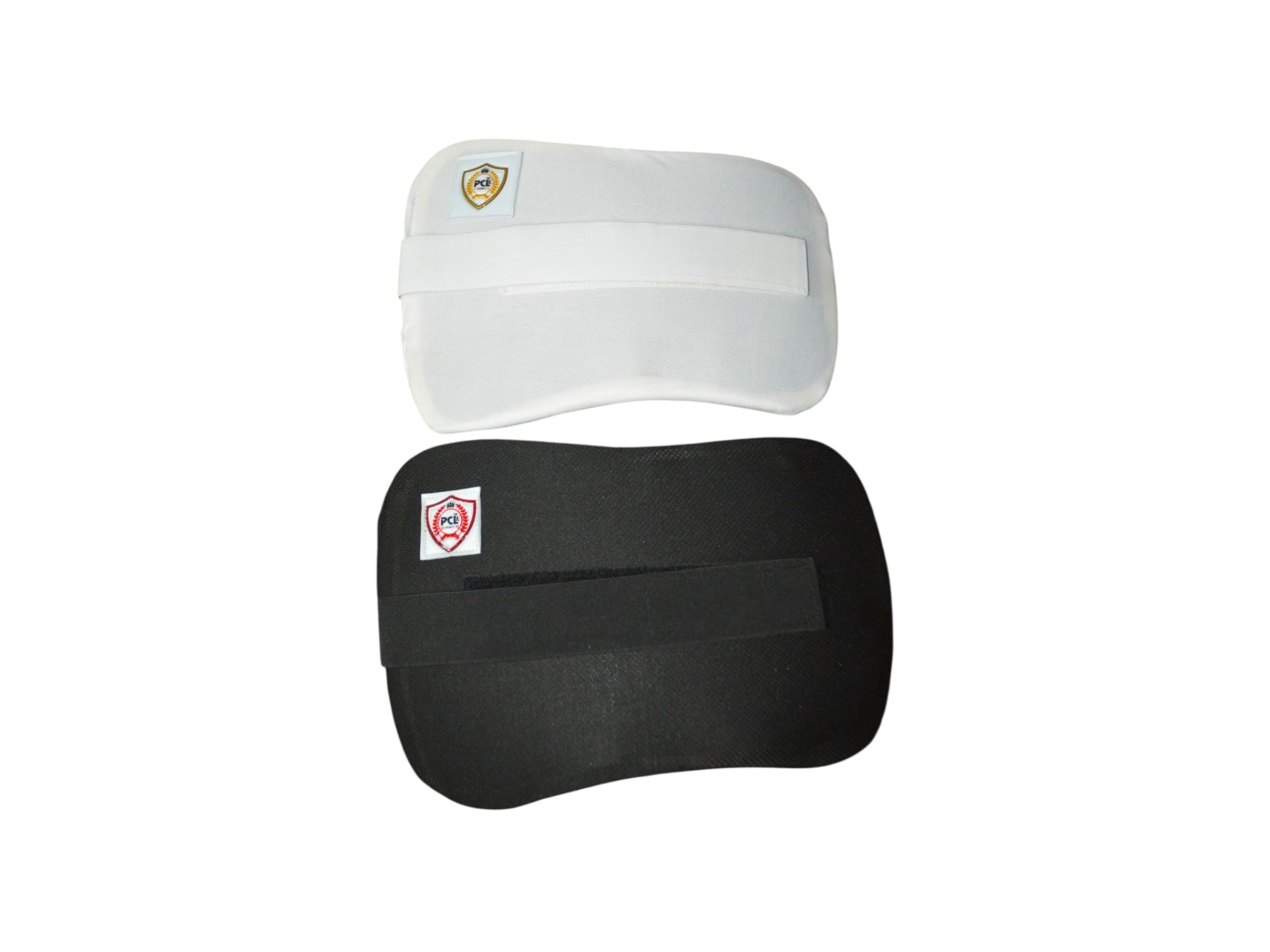

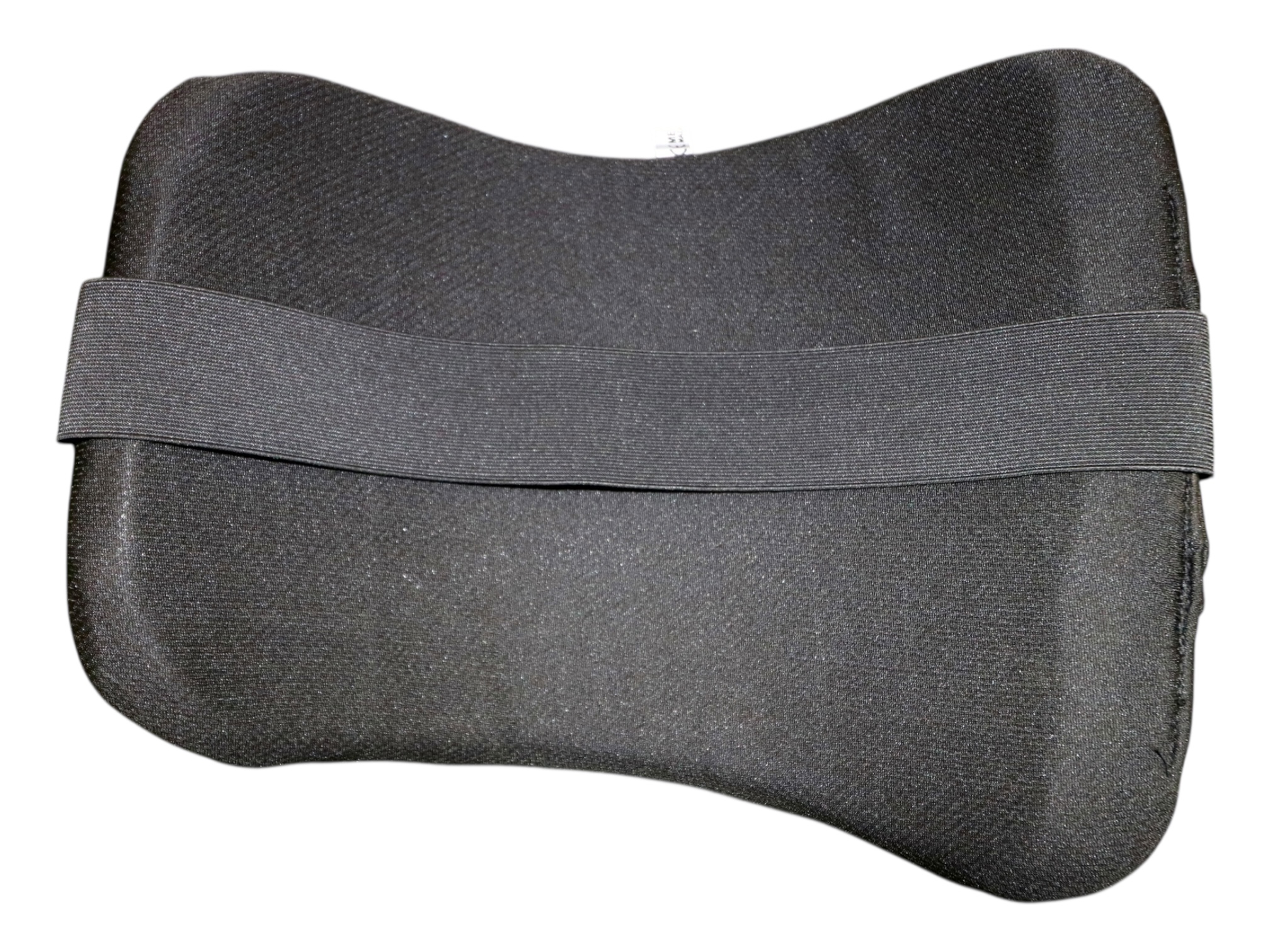

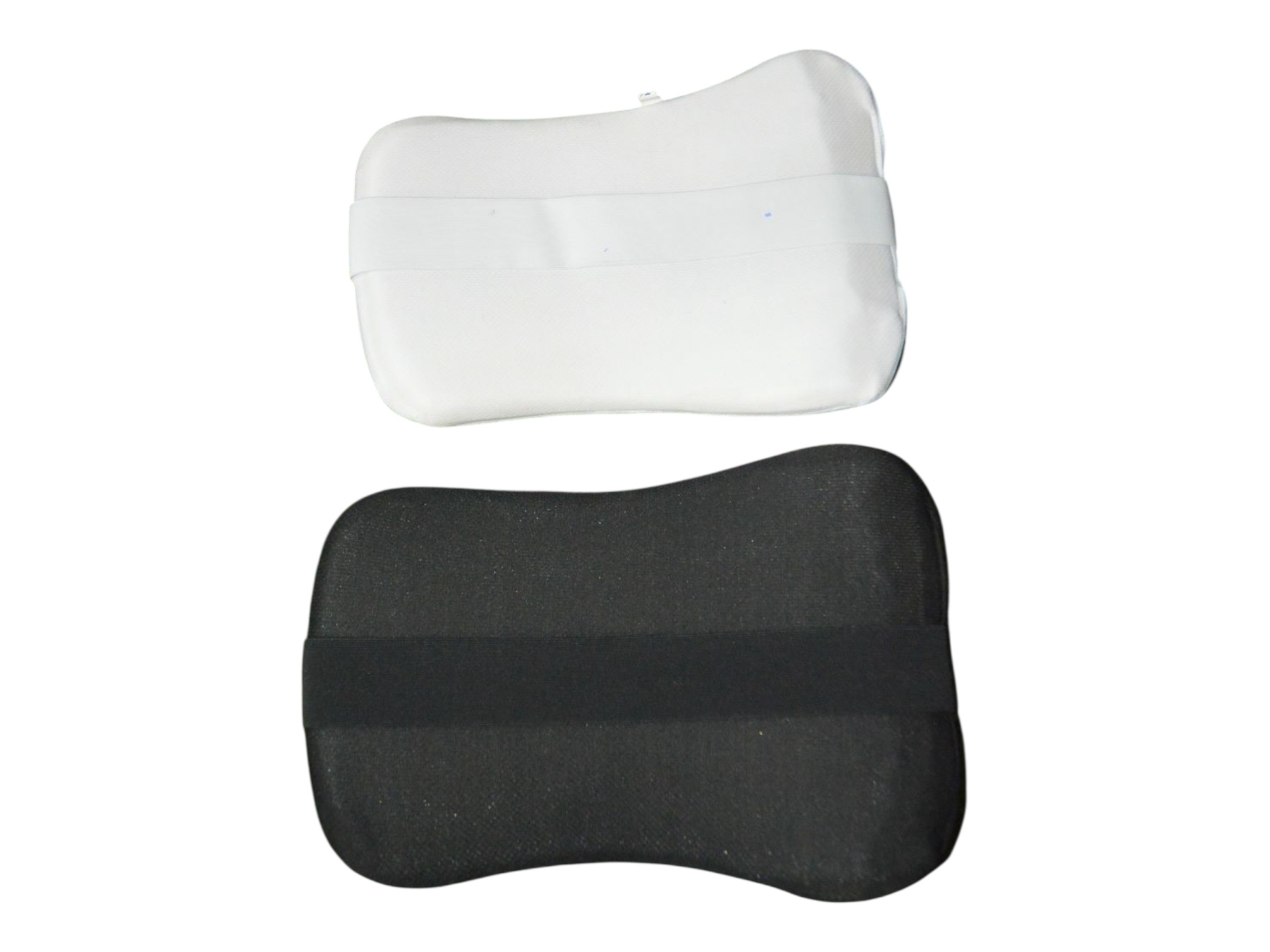
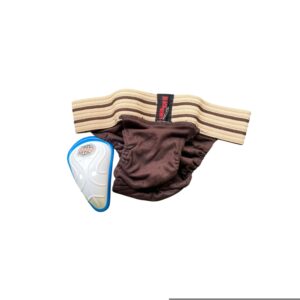
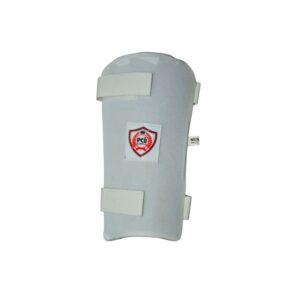

Reviews
There are no reviews yet.